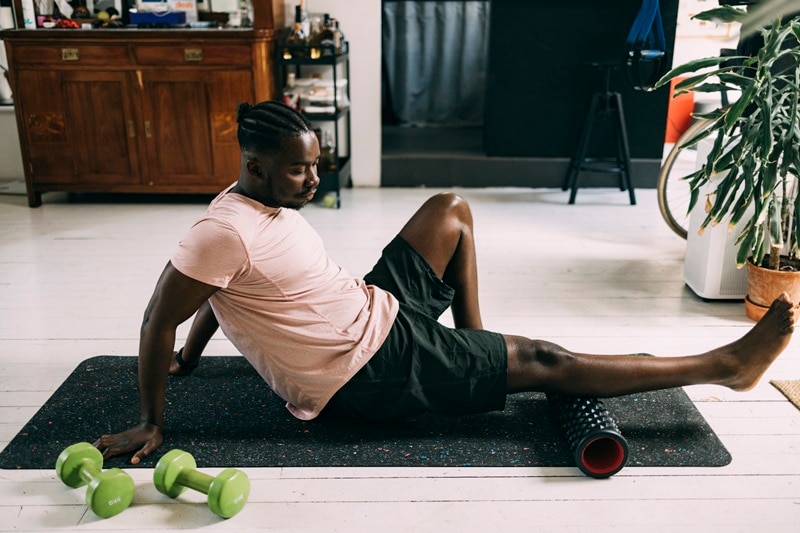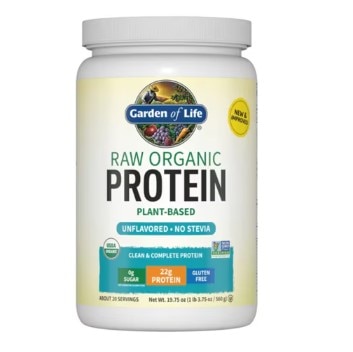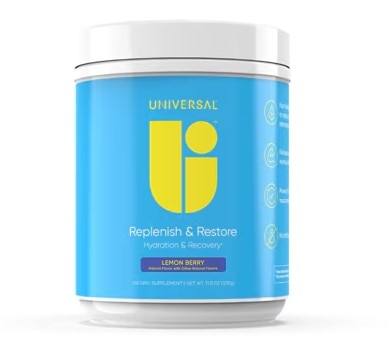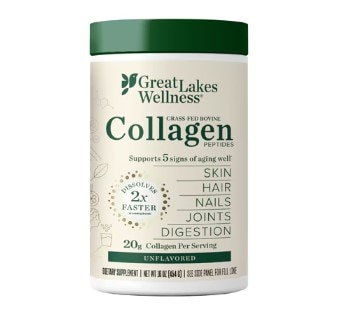Being judicious about what fitness equipment and gear you buy is one of the top priorities – yet also one of the top challenges – of working out at home. Most people have limited space and a limited budget for home gym equipment, so every piece should provide maximum functionality and effectiveness while hopefully being as economical and compact as possible.
Although the best at-home cardio machines and strength training equipment will vary depending on your budget, preferences and goals, almost everyone can benefit from having certain mobility and recovery aids.
Foam rollers are top of the list in terms of being an affordable yet versatile tool for at-home workouts and even for reducing muscle soreness at home after working out at the gym or outdoors. Keep reading to learn why the foam roller is a must-have and how to use the foam roller for maximum effectiveness.
What is a Foam Roller?
Foam rollers come in a variety of sizes, textures, densities and shapes. Foam rollers are usually a cylindrical shape between 18 and 36 inches long and has a diameter of 4 to 6 inches.
A basic foam roller is crafted from solid high-density foam and has a smooth outer surface. The density of firmness of the foam can vary. Softer foam rollers are better for those who are smaller or looking for more “give.” However, they break down faster; eventually, the foam gets squished and doesn’t rebound to its cylindrical shape.
In contrast, premium foam rollers are often hollow tubes made from ABS or another hard plastic and then covered with a squishy material. They may have ridges and indentations on the surface to help provide better targeted pressure and relief for foam rolling various muscles and connective tissues.
What Does Foam Rolling Do?
Foam rollers are a tool for self-massage, providing what is known as self-myofascial release. Note that the prefix “myo” means muscle and “fascial“ refers to fascia, a type of connective tissue that surrounds your muscles.
Interestingly, both overactivity and inactivity can cause muscles and fascia to become stiff and tight, causing pain and reduced mobility. By laying different body parts on the foam roller and then exerting pressure via your body weight, you can massage and loosen tight muscles. In this way, foam rolling can increase circulation to warm up before a workout or flush metabolic byproducts out of your muscles post-workout.
Here are some of the key benefits of using a foam roller:
- Relieving muscle pain and tension
- Improving flexibility and range of motion in tight muscles
- Reducing soreness after exercise
- Aiding workout recovery
- Improving exercise performance
How To Use a Foam Roller
You can use a foam roller on almost any part of your body. However, it’s important to take special care foam rolling your neck and using the foam roller around bony prominences, such as the kneecaps, malleoli (bumpy bones sticking out from each side of the ankle) and the vertebrae.
Here are some tips for how to use a foam roller:
- Listen to your body; if you experience pain, either adjust the positioning and amount of pressure of your body on the foam roller or stop altogether.
- Generally, it’s easiest to target sore muscles with a foam roller by getting down on the floor and lying or sitting as you roll. The foam roller is placed directly on the carpet, floor or exercise mat and then the target body part is placed on top of the roller.
- Foam rolling the neck and spine can also be done by standing and placing the side of the foam roller against the wall (so that it can roll). For example, to roll your upper, stand upright against a wall with the foam roller positioned behind the back of your head. Apply gentle pressure against the foam roller as you bend and straighten your knees to roll the neck and upper spine.
- When using a foam roller, you can angle your limb or area you’re rolling in different ways to hit all the muscle fibers.
- Lie face down when rolling muscles on the front of the body, such as the hip flexors and quads.
- Sit with your legs straight and the foam roller under them when rolling muscles on the back of your legs like the calves, quads and glutes. Place your hands on the ground on either side of your hips and then press some of your weight into your hands and some into the foam roller, depending on the intensity you’re seeking.
- Roll the full length of a muscle, back and forth and up and down. If you find knots or particularly tight areas, stop and pause and make little rolls back and forth along these tender spots.
- Generally, you should use slow, controlled movements rather than move super fast.
- Roll an area for 30-60 seconds or however long feels appropriate.
- Make sure to hydrate well after foam rolling to aid recovery. You can also try adding supplements such as tart cherry extract to support the benefits of foam rolling for muscle recovery.
- Remember to breathe! Foam rolling can be a bit painful, but don’t hold your breath. Deep breathing can help your muscles relax.
Finally, it’s worth mentioning that foam rollers can potentially be useful during workouts.
For example, you can use a foam roller instead of yoga blocks or boosters, depending on the size and firmness of the foam roller.
Foam rollers can also be helpful for beginners trying to master wall squats. Simply align the foam roller horizontally and put it at shoulder level. As you squat down, allow the foam roller to roll with you, along the length of your spines toward your pelvis. This can make the squat more comfortable and help you maintain proper form because you have to keep your back straight and shoulders back in order to maintain contact with the foam roller.




